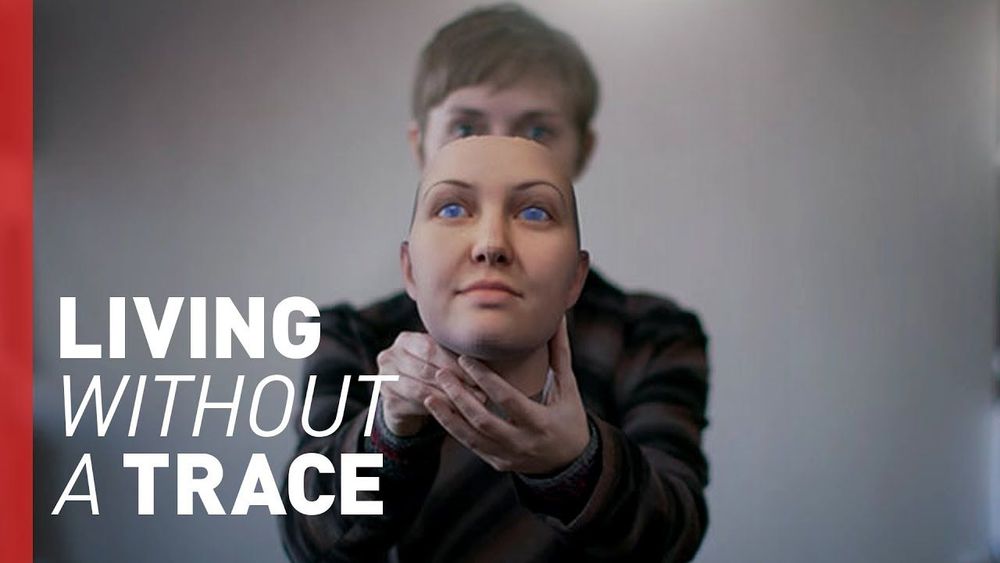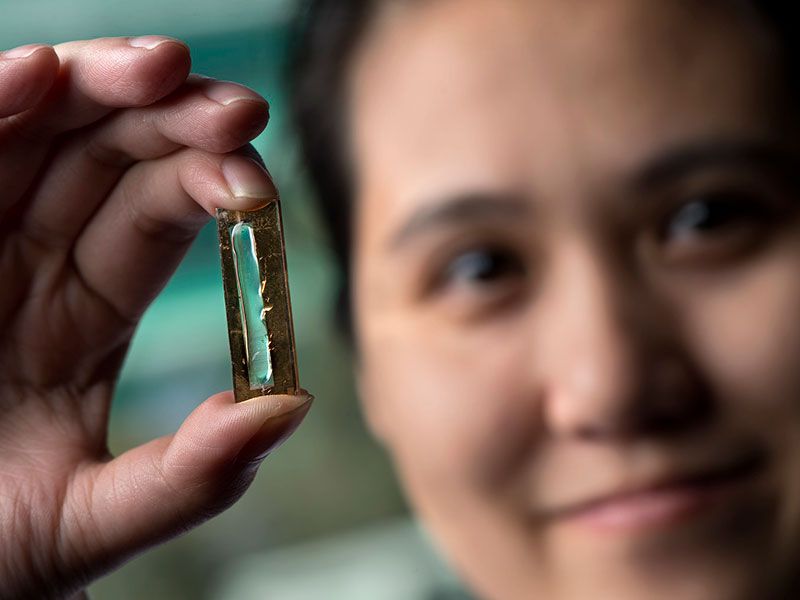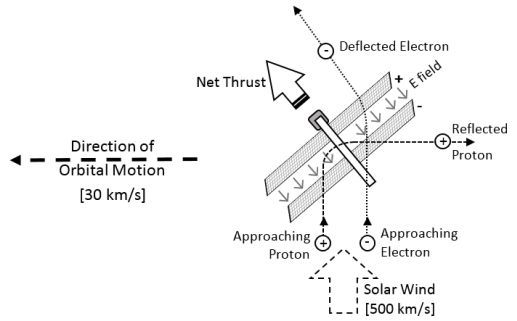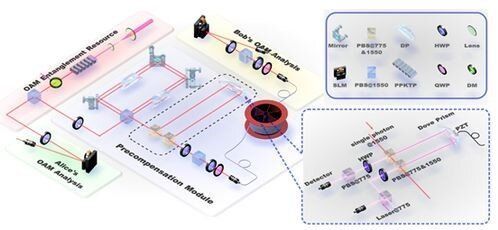Greetings everyone, I am running a very unique digital conference time-slotted for participants in Asia, AUS, NZ etc on April 9, 5pm Sydney time, see details below, with 2 very well known Futurist colleagues, Ross Dawson and Shara Evans, on the Future of Work. We are using the Zoom platform again, and have room for up to 500 people; right now we’re at 280 signups but it’s filling up quickly so please sign up soonest:)
Please review the event details here, or here.
Some more related resources:
Archives of previous online shows
***** New: short film on impact of covid9
Read my take on the covid19 crisis
new resource hub on PostCorona Futures
The Future of Work — the Great Transformation. Free online conference with Futurists Ross Dawson, Shara Evans, Gerd Leonhard
The world ‘after Corona’ will be dramatically different (read Gerd’s take here: gerd.io/gr8transformation), and the way we work, when, where & why is changing forever.
Join 3 of the world’s top futurists to discuss the Future of Work: Ross Dawson (Sydney), Shara Evans (AUS/USA), Gerd Leonhard (Zurich)
Sydney 5pm
Auckland 7pm
Singapore 3pm
Mumbai 12:30pm
Dubai 11am
Zurich 9am
Themes: economic impact of the crisis, remote/distributed work, the changing role of offices, skills and capabilities soon required, how to tap into our unique human capabilities, well-being and working remotely +++
Gerd Leonhard









